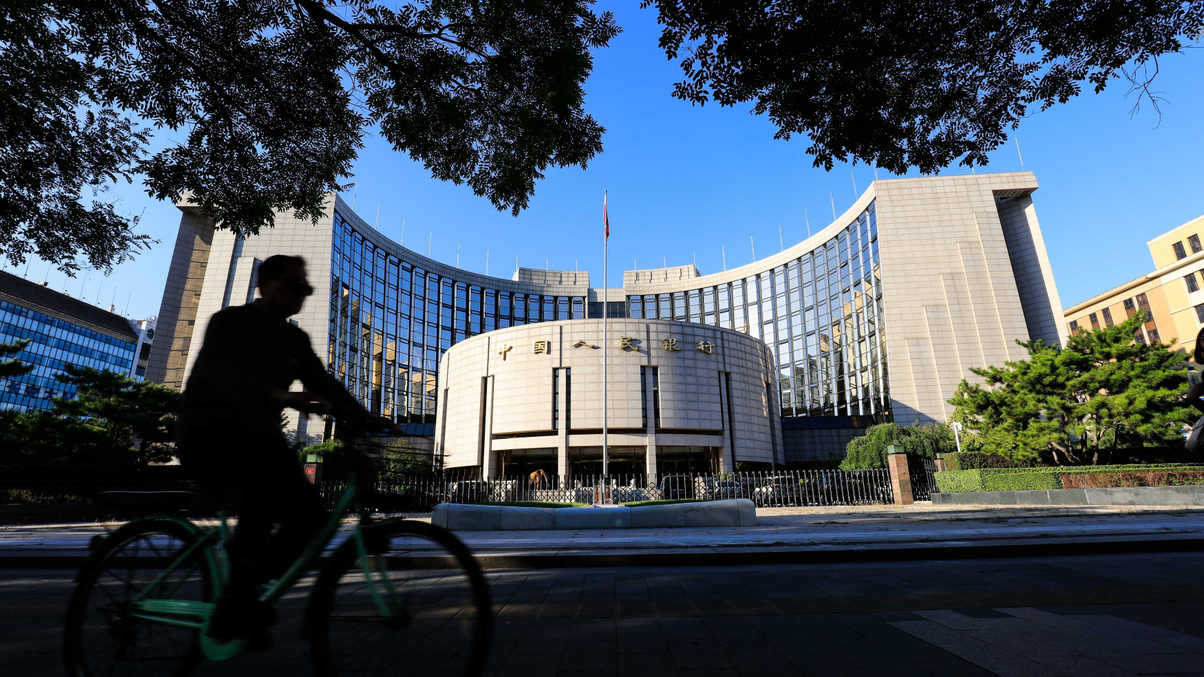Market Views: Will China's next stimulus break from tradition?
The old stimulus playbook, which involved cheap lending and a massive push to infrastructure to boost the economy, is no longer relevant, according to institutional investors. So what can China's government do this time around?

Expectations are growing for a stimulus package to revive China's economy, which after an initial reopening bounce earlier this year, has started to falter.
Sign in to read on!
Registered users get 2 free articles in 30 days.
Subscribers have full unlimited access to AsianInvestor
Not signed up? New users get 2 free articles per month, plus a 7-day unlimited free trial.
¬ Haymarket Media Limited. All rights reserved.


